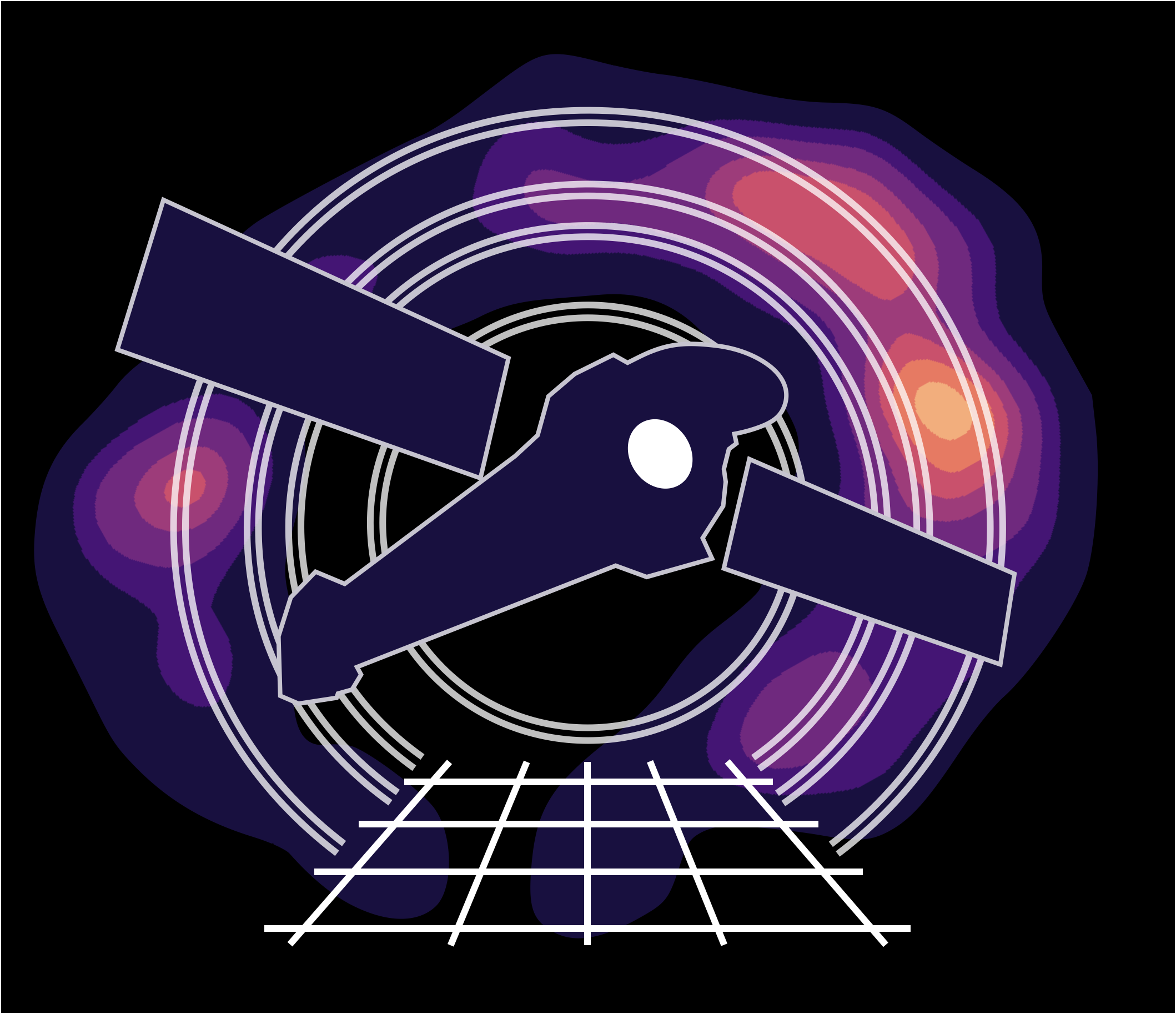Session Schedule
-
All times given in EDT [UTC-4].
Schedule is subject to slight modifications.
Visit our YouTube channel to view a playlist of all the presentations.
Tuesday, August 16th
– Supplying angular momentum to the jittering jets explosion mechanism using convection in inner star layers
Technion - Israel Institute of Technology
– Exploring Early Spectroscopic Type Ia SNe
Universidad Andrés Bello, Millennium Institute of Astrophysics
– Progenitors and Explosion Properties of Supernova Remnants Hosting Central Compact Objects
University of Manitoba
– Evaluating accretion & tidally induced Chemically Homogeneous Evolution in stellar binaries
Department of Physics, University of Auckland NZ
– SNR G292.0+1.8: A Remnant of a Low-Mass-Progenitor Stripped-Envelope Supernova
Princeton University
– Analysis of X-ray Observations of Supernova Remnants, and Implications for their Progenitors
University of Chicago
– The imprint of their explosions: Using supernova remnants to understand stellar death
The University of Melbourne, The University of California Santa Cruz
– Mysterious Odd Radio Circle near the Large Magellanic Cloud -- An Intergalactic Supernova Remnant?
Western Sydney University
– X-ray Observations of Supernovae and Supernova Remnants
Dr Karl Remeis Observatory, Friedrich-Alexander University Erlangen-Nürnberg
Wednesday, August 17th
– A double detonation in a double degenerate system, from Type Ia supernova to supernova remnant
RIKEN
– Measuring the Explosion Properties of Young Supernova Remnants
Rutgers- The State University of New Jersey
– The discovery of spatial variation of electron temperature in the northwestern region of SN1006
The University of Tokyo
– Evidence for thermal X-ray emission from the synchrotron dominated shocks in Tycho’s supernova remnant
Anton Pannekoek Instituut, University of Amsterdam
– The imprints of binary mergers on core-collapse supernovae and their progenitors
Instituto de Astrofísica de Canarias (IAC), University of La Laguna, Spain
– Synthetic Spectroscopy of Near-Chandrasekhar-Mass Type Ia Supernovae from the Double-Degenerate Channel
University of Massachusetts Dartmouth
– Mixed Morphology Supernova Remnants
Instituto de Astronomía Universidad Nacional Autónoma de México Autónoma de México
– The Cygnus loop: A multiwaveband perspective.
Indian Institute of Astrophysics (IIA), Bangalore, India.
– New radio-faint supernova remnants discovered in the course of the SRG/eROSITA All-Sky Survey: G116.6-26.1 and G121.1-1.9
USM LMU, IKI RAS, MPA Garching
– High mass X-ray binaries in their natal supernova remnants
Max Planck Institute for Extraterrestrial Physics
– Symbiotic Systems: potential progenitors of a fraction of SNIa
Center for Astrophysics | Harvard & Smithsonian
– Supernova Remnants and Their Progenitors in the LMC
Academia Sinica, Institute of Astronomy and Astrophysics (ASIAA)
– Supernova progenitors from supernova remnant and stellar population surveys in the Local Group
Ohio State University
Thursday, August 18th
– Pulsar Wind Nebula at the Center of SNR 0540-69.3 Resolved by ALMA
Academia Sinica Institute of Astronomy and Astrophysics
– Progenitor mass estimation of a magnetar-hosting supernova remnant RCW 103 with circumstellar material
Department of Physics Kyoto University
– The Proper Motion of the Pulsar J1124–5916 in the Galactic Supernova Remnant G292.0+1.8
Center for Astrophysics | Harvard & Smithsonian
– Are the studies of supernova remnants and supernovae complementary or contradictory?
University of Amsterdam
– Multi-wavelength study of Supernova-Remnant populations in nearby galaxies
University of Crete/Institute of Astrophysics
– Completing the X-ray view of SN 1987A
Department of Astronomy, Nanjing University, Nanjing, China; Anton Pannekoek Institute, GRAPPA, University of Amsterdam, Amsterdam, The Netherlands
– Hydrodynamic simulations of Classical Novae outbursts and their evolution to Supernova Ia explosions
Earth and Space Exploration, Arizona State University
– Investigating the SN Ia double detonation scenario in the SN 1006 Galactic supernova remnant
Michigan State University
– Models for the X-Ray Emission of Type Ia Supernova Remnants in Different Circumstellar Environments
University of Pittsburgh, Pittsburgh Particle Physics, Astrophysics, and Cosmology Center (PITT PACC)
– Revealing the conditions of shocked plasma in the supernova remnant Puppis A with SRG/eROSITA
Max-Planck-Institute for Extraterrestrial Physics
– Chandra Legacy Observation of LMC N132D: Expansion of the Forward Shock
Smithsonian Astrophysical Observatory
